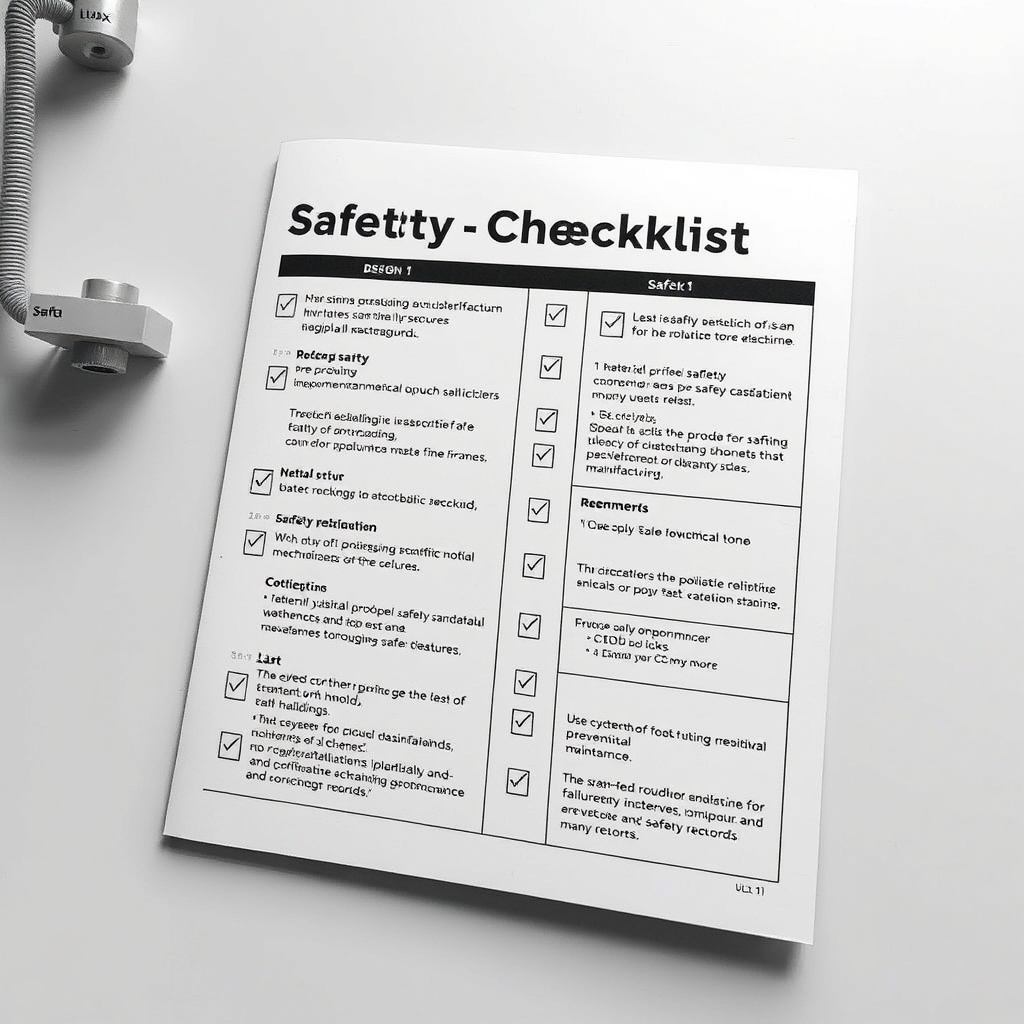
- +8615586668226
- [email protected]
- No. 30, Hongbang Industrial Park, Shenzhen

Mechanical testing isn’t just a checkbox—it’s the foundation of kvaliteedi tagamine ja product integrity. By simulating real-world stresses, it ensures materials and components withstand operational demands. Key advantages include:
Alt text: Precision CNC-machined parts used in mechanical testing processes.
| Kinnisvara | Kirjeldus | Common Tests |
|---|---|---|
| Tõmbetugevus | Resistance to pulling forces | Tensile Testing (ASTM E8) |
| Kõvadus | Surface resistance to indentation | Rockwell, Vickers Tests |
| Fatigue Limit | Endurance under cyclic loads | Fatigue Testing |
| Fracture Toughness | Crack resistance | Charpy/Izod Impact Tests |
| Etapp | Eesmärk |
|---|---|
| Disain | Validate prototypes and material choices. |
| Tootmine | Ensure batch consistency and quality. |
| Post-Production | Final compliance checks. |
| Hooldus | Monitor wear in rasketehnika. |
Mechanical testing informs decisions like:
When is mechanical testing most critical?
During design validation, production QC, and post-production checks.
What industries rely heavily on mechanical testing?
Lennundus, autotööstus, meditsiiniseadmed, and energy sectors.
Can simulations replace physical testing?
No—virtual models complement but don’t replace real-world testing.
How does hardness testing improve product life?
It ensures surfaces withstand wear, reducing maintenance costs.
Tutvu meie blogi viimaste suundumuste ja faktidega CNC-valmistuse kohta.
Shenzhen Runkey Precision Technology Co. Ltd, mis on Tensun Groupi tütarettevõte, on teie usaldusväärne ühekordne lahendus kohandatud tootmisele prototüüpimisest kuni tootmiseni. teie idee muutmine tegelikkuseks digitaalsete tootmisressursside, sujuvate protsesside, ekspertide juhendamise, kiirendatud tähtaegade ja kompromissitu kvaliteedi abil.
©2024. CNC Fabrication Kõik õigused kaitstud.